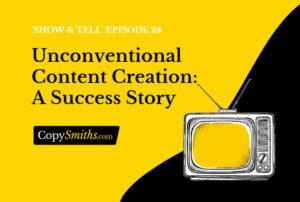Home » Content Marketing » Topic Cluster Methodology Demystified: This Is What Your Content Strategy Is Missing
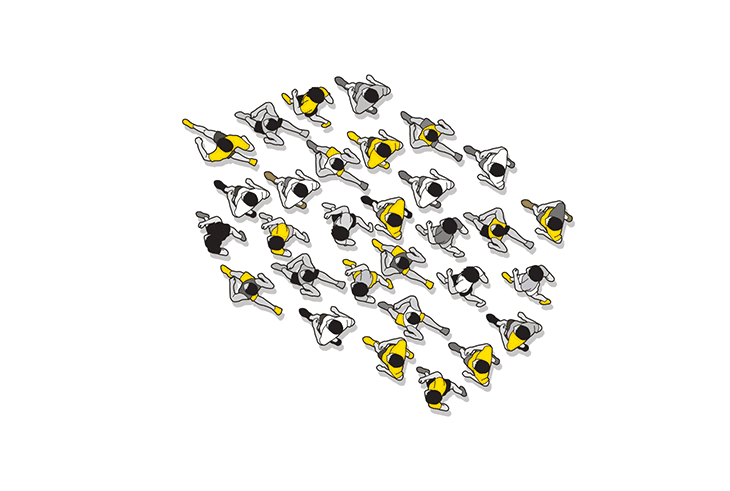
Topic Cluster Methodology Demystified: This Is What Your Content Strategy Is Missing
A Walk Down Memory Lane
Several years ago, people would input simple questions in search engines. Based on their search intent.
Fast forward to today and most people are comfortable phrasing complex questions like
“What was the U.S. population when Bernie Sanders was born?”
Search engines are now smart enough to make connections across queries. For instance, the U.S. population+Bernie Sanders’ birthday.
Algorithms can now comprehend the topical context behind the search intent. Relate it to similar previous searches and produce the best results.
And we have Google’s Hummingbird algorithm update to thank for this.
Google doesn’t merely look through numerous web pages for specific keywords. It’s ranking algorithm seeks out words with related meanings. This is known as semantic context.
So SEO Marketers, like CopySmiths, are exploring a new way of linking related content. Under a “topic clusters” model.
Google’s RankBrain update was the next major advancement in reliance on topics.
According to Moz.com,
“RankBrain is a component of Google’s core algorithm. It uses machine learning. Which is the ability of machines to teach themselves from data inputs). To determine the most relevant results to search engine queries”
Here’s a look at Google’s major SEO updates over the years.
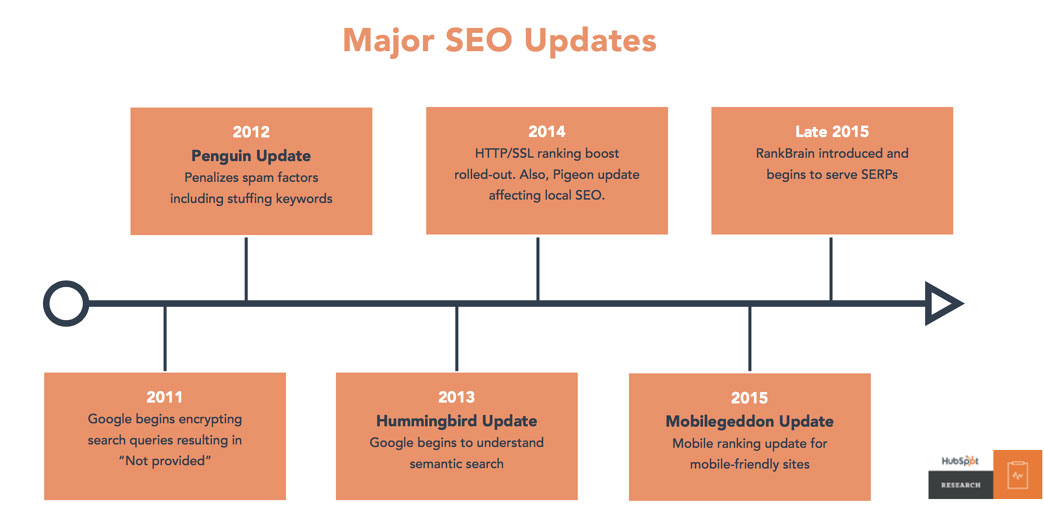
Source: blog.hubspot.com
Founding Mother
Angela DeFranco happens to be one of the experts. And product managers behind HubSpot’s Content Strategy Tool.
She is now the Director of Product Management at Hubspot. Let’s look back at her INBOUND2017 interview. She offers key information on the pillar content strategy:
Q: So Angela, you spoke with your colleague Jeff about the evolution of Google. And the importance of creating what you call, content clusters. So, considering this, share one tip you’d give to a website/business owner.
Focus on six to eight problems that your business solves. That you’re the solution on the internet for.
Map out these problems and start developing topic clusters. Based on the content you’ve already written about those problems on your website.
Let’s say you’re a yoga studio. And one of your clients’ main problems is time constraints. So they need at-home workouts. You can become an online authority on the core topic of great at-home yoga workouts.
And that core problem that you solve becomes the core of your topical clusters.
So let’s say you’ve already written some content on some good at-home exercises. Group those topically related pieces of content into a good topic cluster.
It helps to give you a good understanding of the content that’s on your site. To build up more content on that topical cluster.
Then develop an understanding of what the core problems are. Develop a sphere of influence on the internet for it.
Q: So with the yoga example you gave, would the downward dog exercise connect to that cluster for instance?
Yes, exactly. So in that topic cluster, if yoga exercises at home is a core topic. A sub-topic might be “How to Do Downward Dog Exercises at Home”.
And maybe it’s a blog post with an image of a downward dog, maybe it’s a YouTube video. We call that sub-topic content.
Because it allows you to focus on a very narrow long-tail term. Which hyperlinks back into that core topic you’ve built a pillar page around. Inside the topic cluster.
What Is a Topic Cluster?

Source: shemeansblogging.com
Everyone wants to rank in the top search engine results so competition is pretty stiff. So, SEO practices are adopting a new model focused on content creation.
The common SEO strategy now consists of creating a pillar page that acts as the main source of content on a central topic.
Then multiple other blog posts or related pieces of content link back to each other (internal linking) and the pillar page.
Link building sends the message, “we are an authority on this topic” to search engines. With time, your page ranks higher for its niche topic.
With Topic Cluster Methodology your site’s pages have a deliberate site architecture. Giving you a cleaner look.
And we know because we do it for our clients all the time. Here’s an overview of our personalized unique approach.
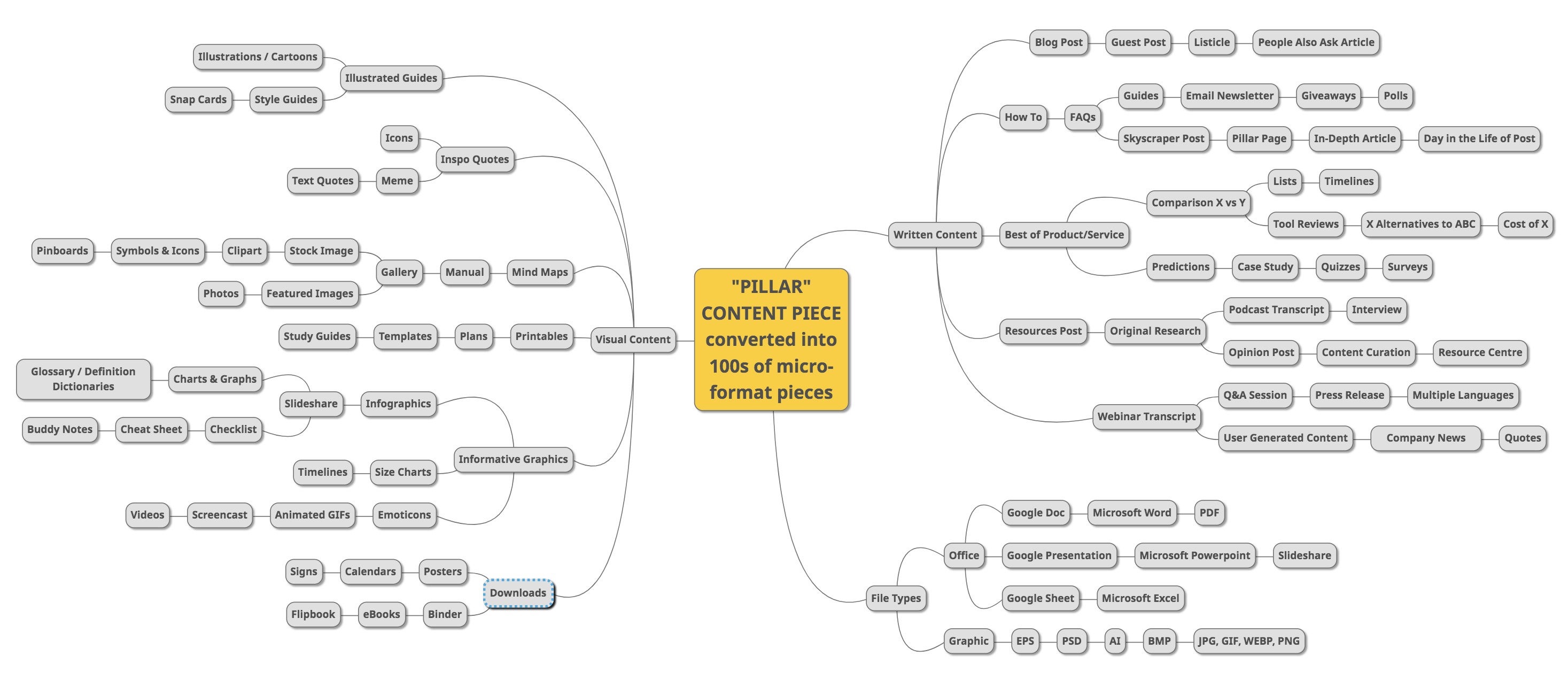
Topic Cluster 101
Step 1: Create Anchor Topics For Your Pillar Page
- Instagram for business
- Instagram analytics
- Instagram visual strategy
Anchor topics are large pieces of content. For instance, “The Complete Guide to Using Instagram to Grow Your Customer Base”
This pillar page should include content that answers every single question a user searches. For a specific keyword.
Next, create a batch of 15-20 related blog posts all linked to the pillar page. Not just repetitive humdrum but authoritative quality content.
Step 2: Create a List of Cluster Topics From Your Pillar Page
Instagram for business
- Personal brand building with Instagram
- Finding brands to work with on Instagram
- Email list growth with Instagram
Instagram analytics
- Analyze traffic performance
- Measure pot performance
- Analytics tools
Instagram visual strategy
- Instagram page layout
- Instagram posts color and hues
- Instagram post dimensions
Step 3: Internally Link All Cluster Topics to the Pillar Page
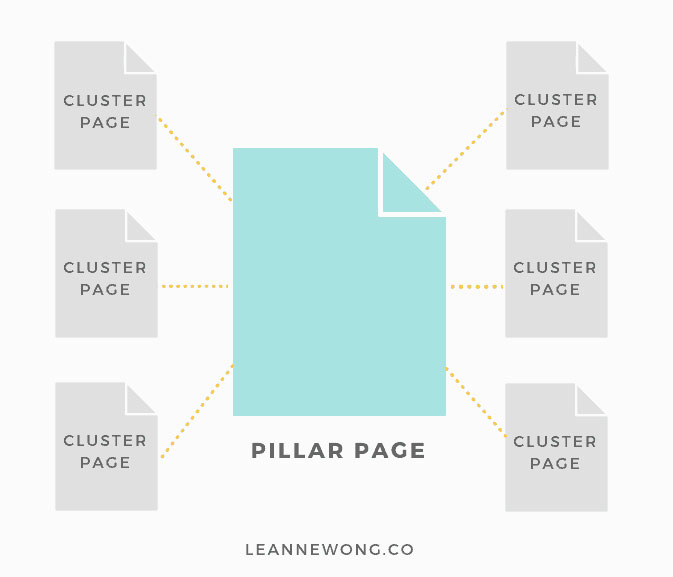
Source: shemeansblogging.com
This last step delves into technical SEO – link building. This trail of clusters lets search engines know your site pages are connected.
How does this help your site rank?
Simply put, the more internal links your content page has, the more link juice it acquires.
For search engines, pillar pages with a high volume of link juice appear more important. So the pillar page performs better in search results.
Linking to your detailed pillar page boosts its strength. 15+ articles on the same big topic linked to the pillar page build a semantic relationship.
This content-focused method maximizes the ranking potential of a single article. Let’s have a practical look at this model.
CopySmiths Case Study: ALSCO’s Stadium Washroom Guide
Make Topic Clusters Work for You
Wondering how agencies can encourage their clients to switch to topic cluster methodology?
Angela, reassures you. Pillar pages and topic clusters aren’t too distant from the staple SEO tactics.
Simply use this topic cluster model for strategy sessions with your client. Show them how inbound marketing specifically works for their business.
Angela stresses the importance of assuring clients. Topic clusters will actually get them more returns. Aren’t customers the basis of inbound marketing?
Aside from the keyword ranking tools. Topic clusters allow clients to track topics by site visits, email contacts and customer leads.
Traditional SEO and rank tracking have a few faults of their own. And Angela knows this all too well.
She shares the story of a partner agency that worked with a LinkedIn consultancy. They eventually ranked first on Google for ‘Snapchat Stories for Business’.
But sadly, this agency lost the client,
“Because they were focused on something that was so distant from what actually makes the client money”.
They failed to create a meaningful link between LinkedIn and Snapchat.
So think of Topic Cluster Methodology as a complementary addition to your present SEO toolbox.
The added advantage that helps you give your clients a wide-angle of their content strategy. No need to delve prematurely into confusing metrics or technical SEO language right from the start.
And we’re the only experts you need to get your website’s content going.
We have an experienced and skilled team of writers. Who regularly produce quality content for our clients. Like ALSCO, ServiceSeeking.com.au, Sweatshield Undershirts, and New Bloom.
So your content is in excellent hands. Take it from Paul Napper, Head of Product & Experience at Lodge Technology,
“Lodge has seen a 103% increase in our organic search traffic this month. As a direct result of working with the CopySmiths. They know what works when it comes to SEO, have a scalable expert team of content creators. And were able to execute on tactical SEO campaigns. I have no hesitation in recommending them to other businesses looking to improve their web presence.”
Our work speaks for itself. So place your order for quality customized content with us today.
CopySmiths
I'm Katrina McKinnon, founder of CopySmiths and Small Revolution. In my 20 years of experience, I have helped online businesses create high-performing content specifically on an eCommerce store's blog. Find me on LinkedIn and Twitter.
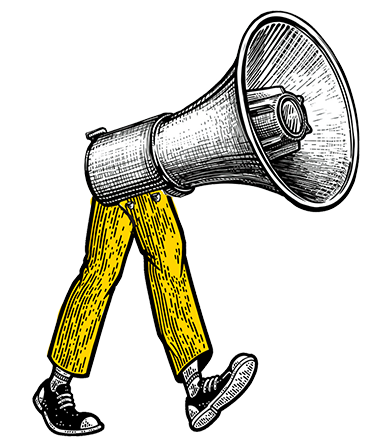
CopySmiths offers the best blog writing services for online stores.
If you'd like us to write blog articles for you, click here.
Most Recent
- 3 Bold Questions You Should Ask When Hiring A Content Writer

- 5 Practical Reasons You Should Use a Blog Post Template

- 4 Amazing Benefits of Using a Title Generator for New eCommerce Blogs

- 10 Awesome Bio Examples Your Online Store Blog Should Emulate

- 8 Basic Steps to Successful Content Development Every Time

Podcasts
Got a question?
Ask our friendly team about our article writing services.
Subscribe to CopyZine
Monthly, hand-picked stories of the best in eCommerce Content.





